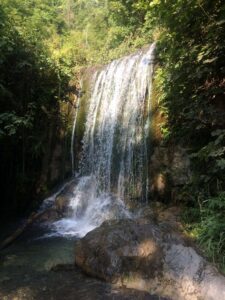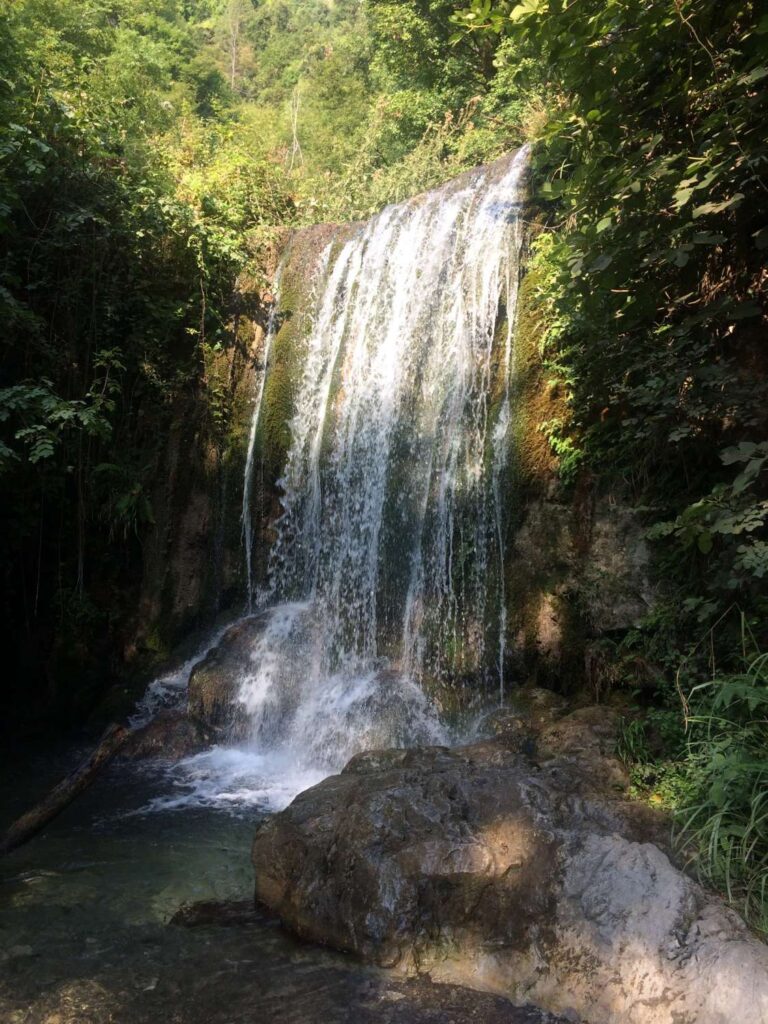The city of Asheville is at a pivotal crossroads again. It is a booming time once more in this small-scaled city, but is that growth a boon to local residents?
Mountains, rivers, roads, rail, and sidewalks all inform how people interact with the built and natural environment. At times, we must change course from an existing path and create something different. Other times, the Earth forces new paths to be forged through storms and times of drought. The environment we build around us ebbs and flows just like tidal oceans, rivers, and creeks.

It is a falsehood to think that the footprints we leave in 2019 do not matter.
In literature, “Palimpsest” is a word typically used to describe how one written work informs another written work. The same can be said for architecture and urbanism.
We aren’t creating new things for the sake of creating new things. We are creating better than before because we don’t have to build by tearing down.
Sure, there are philosophical, ethical, and environmental concerns to be brought up when discussing whether or not to “tear something down.” Perhaps Asheville shouldn’t be in the business of dismantling, but of re-assembling.
In the building industry, an architectural or street plan is called a blueprint; a copy of an original, sometimes hand-drawn idea that a person or group of people created to inform the rest of us as to how the vision will come into existence.
New ways of thinking are always needed, but sometimes a little research is valuable to determine how things have been done in the past to create something of relative lasting permanence.
Permeable cultures, walls, and concrete grounds are a start, but do we know to what end?
How can we know the answer if we are all working together at the same time, as the Earth turns to figure it out. Those that are philosophically minded will find one answer, others financially minded will find another, still others more artistically inclined will find a different answer. There are more and more types and ways of thinking that will always be different from a personal worldview or a perceived social norm. Magical thinking and perceiving are not inherently awful ways of feeling through environments. Often times, they are completely necessary. Together with those that are versed in the legality of the matter or the environmental repercussion of such actions, are the ones that are willing to step in and say something that the other ones may not automatically see.
Let’s not just look at the atrocities of poor planning and decide to not do it that way again. There are reasons to tear down and then build on top of that but all of that also costs money. Think of those that have to dig under just to get to see some daylight or freshwater. Let’s look towards the inclusive and environmentally sound activities that went on in other cultures so that we can inform how our city looks in the distant future and the hopeful immediate future. Together through partnerships, accountability, and trust Asheville can remain a livable city and beautiful locale for both residents and the people that come to visit us here.
Lizzie Cisa has a bachelor’s in Historic Preservation and Community Planning as well as a master’s from Auburn University’s School of Architecture in Community Planning. She currently lives and works in Asheville, North Carolina with her husband, an obscene amount of animal figurines, and less folk-art than she’d like.


